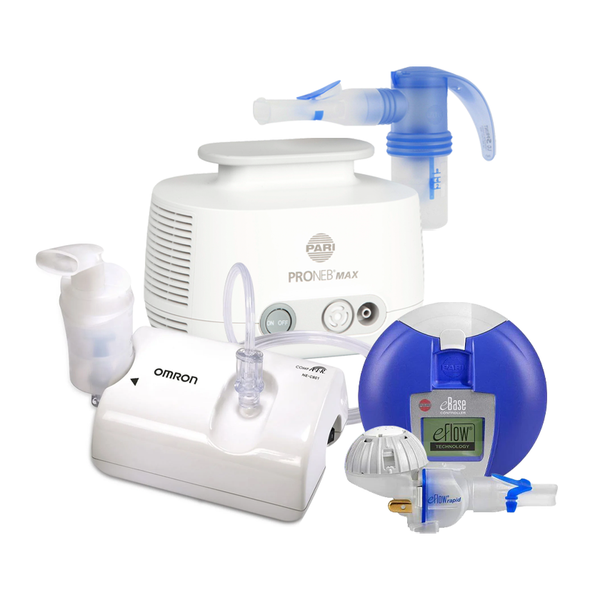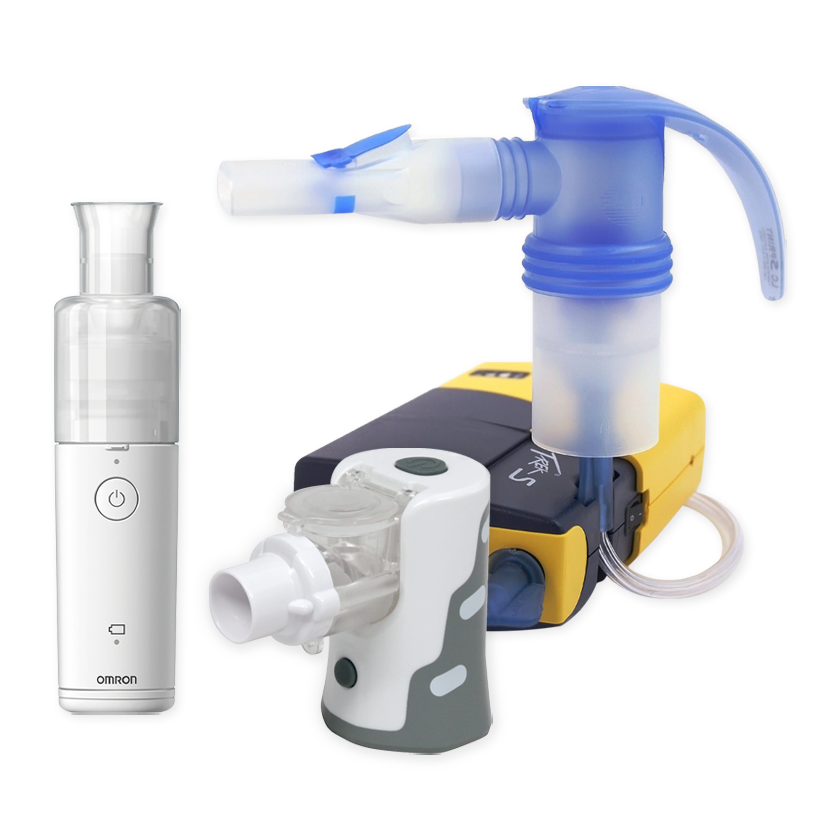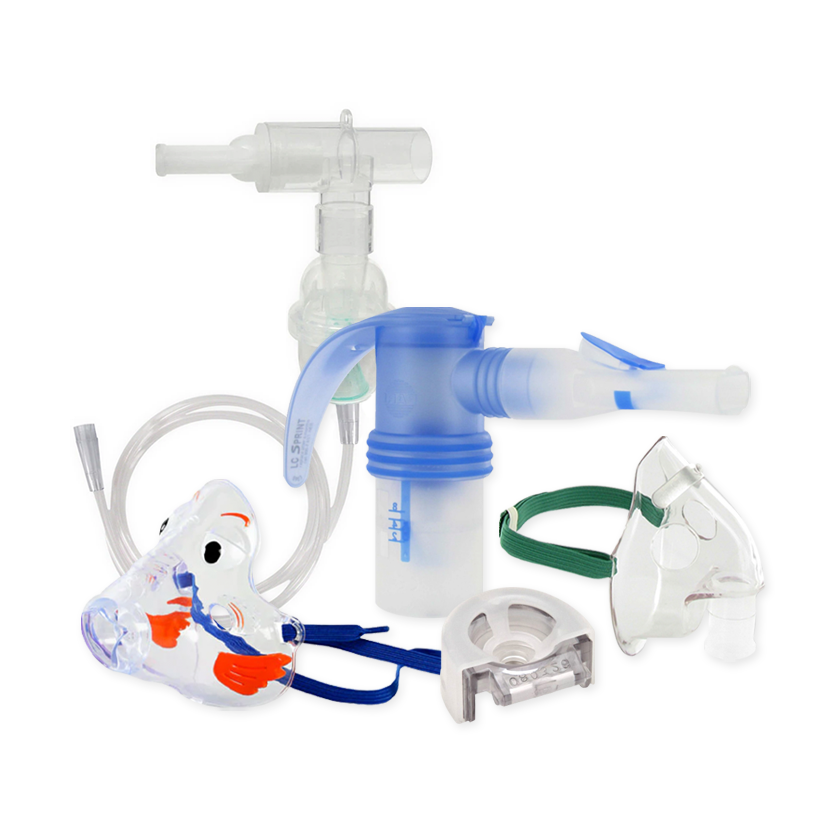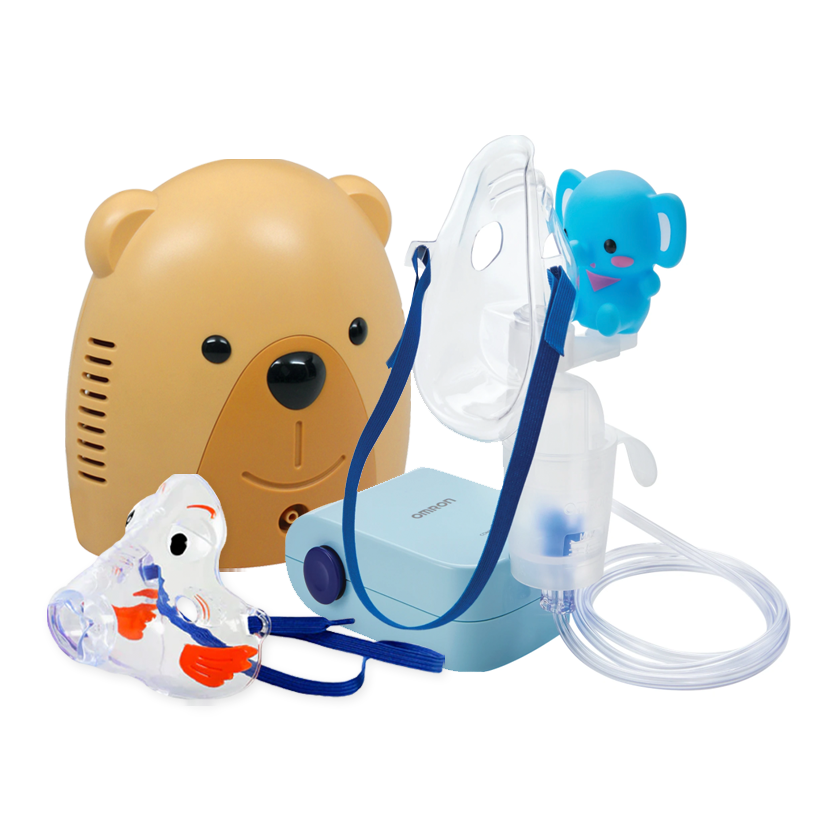Your Cart is Empty
Free Shipping on all orders over $75!
Menu

Free Shipping on all orders over $75!
Nebulizer Systems
Travel Nebulizers
Nebulizer Accessories
Just For Kids
Oxygen Supplies
Thunderstorms and Asthma Attacks
March 30, 2012 2 min read
In the Atlanta metropolitan area, a study was conducted to determine an association between asthma and thunderstorms. The conductors of the study used information gathered from 41 hospitals in a 20 county area for the length of 10 years to concluded that asthma attacks increased by 3% on days following thunderstorms. This completely contradicts the idea that rain, especially thunderstorms, clear the air of asthma inducing pollen.
But What's Causing The Increase?
- The falling rain ruptures pollen grains, releasing allergens that can be inhaled
- While the size of the pollen particles decreases after being struck by falling rain, the area they take up increases
- This widens the area people can be affected in
- The heavy winds from the storm continue to spread the pollen particles, leaving them to eventually fall to the ground after a few days
Fungal spores, another common asthma trigger, also have been shown as a main culprit for increasing asthma symptoms and emergency room visits after a thunderstorm. The fungal spores react in the same way as pollen particles, breaking up from colliding with the falling water and then spread throughout a wide area due to the storm’s gusty winds.
What Should I Do?
- Watch the weather to know when a storm is coming
- Use a peak flow meter to determine how well your lungs are functioning before the storm hits
- You might increase your nebulizer treatments with preventative medication – be sure to consult your doctor first
- Keep your windows closed for a few days to prevent the pollen and fungal spores from entering your home
Thunderstorms are unavoidable, but an asthma attack as a result from a storm is. Knowledge of when the storm is coming will give you enough time to make the necessary preparations. And even if no storm is on the horizon, always keep track of how well your lungs are functioning by using a peak flow meter.
Subscribe
Sign up to get the latest on sales, new releases and more …

NEW CUSTOMERS SAVE $5 OFF YOUR FIRST PURCHASE OF $20 OR MORE
Code will be sent to email entered if applicable
SIGN UP FOR FUTURE SALES, NEW PRODUCTS AND ANNOUNCEMENTS
{"themeColor":"#061f77","iconColor":"#061f77","showLogo":true,"topBottomPosition":0,"rightLeftPosition":5,"iconSize":"large","iconCustomSize":64,"position":"middle-right"}



